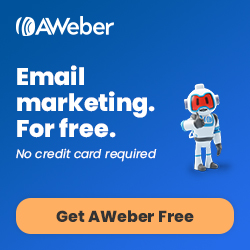Outsourcing on a flat fee per task basis is a common outsourcing model. Fiverr.com is probably the predominant player in this space. The model is simple and you know the price before work starts. Depending on what you are doing there are structured tasks such as writing a 500 word blog post and unstructured task such as designing a logo. You may or may not have a sense that your money was well spent. In most cases the flat fee is low enough that you accept that you get what you are paying for. Alternatively there are times where you may be pleasantly surprised by the value you receive.
It’s about you
We’ve all heard the phrase – ask and ye shall receive. That’s not always true. A better variation is – ask intelligently and ye shall receive. Now you are getting closer to something that actually works. Lets say you are using a $5 service and the task is something that you could do in 5 minutes. Depending on what your hourly rate is, you might be disappointed in the results even if it is as good as you might be able to do. Now if that same service might take you 15-20 minutes or more to do, now it starts having value. The key is providing enough detail for your worker to do the task in line with what you are looking for.
It’s also about the worker
I deal with a lot of government contracts and fixed price contracts are the most common approach. There’s clearly profit built in but the numbers are usually large and unique so unless you have a comparable proposal to compare it to, it may be difficult to evaluate. Shrink the same approach down to something that is $3-10 and we actually tend to look at it a little closer. And so does the worker.
There are various ways to make fixed price tasks work for the workers.
customized or private label tasks
These are tasks where the core is something that is pre-built and you are paying for a combination of the item itself and/or the customization. This might be a library of private label content all by itself, or possibly a customized version. I recently used this type of service for a library of social media images that were customized with my logo. I’m sure the whole process took minutes to actually create (after the initial library was created). But it had value for me and the worker can resell it over and over again.
Having a subscription/tool
It doesn’t usually make sense to pay $xx a month for a yyy editing service that you might use once or twice. But if I can pay just for what I need to someone that has that service, it is a win-win for both parties.
Loss leaders
These can be risky for workers, but can have the highest dividends if the worker is good. The work is clearly worth more than what is being paid, but it’s treated as a sample for potentially larger jobs and word of mouth advertising.
Arbitrage
This comes down to simply geography and different world economies. $5 in some parts of the world may be the equivalent of $50 in the U.S.
Like all outsourcing models, this works best when both customer and worker’s needs are met. Do your part to give workers enough details to give them what you want without having to ask a lot of questions. Understand how they are making money and you will have a better sense of whether you are both getting value from the relationship.






